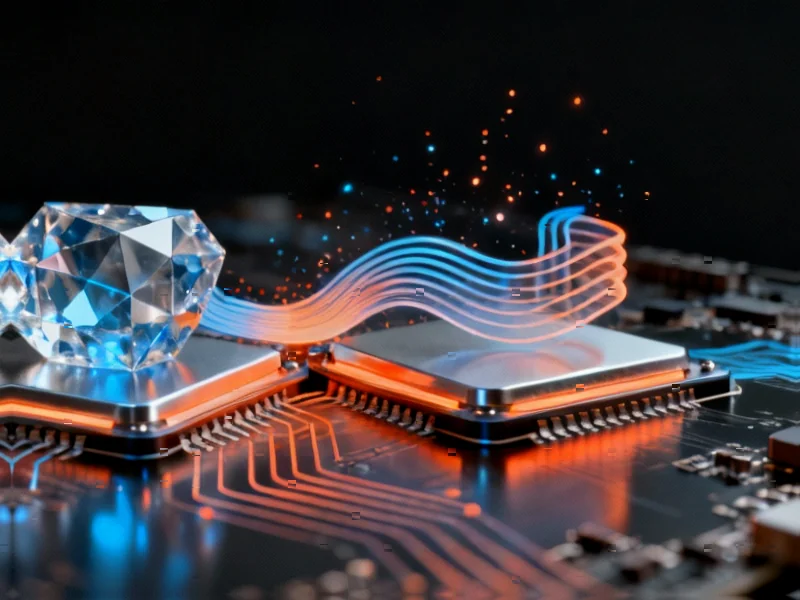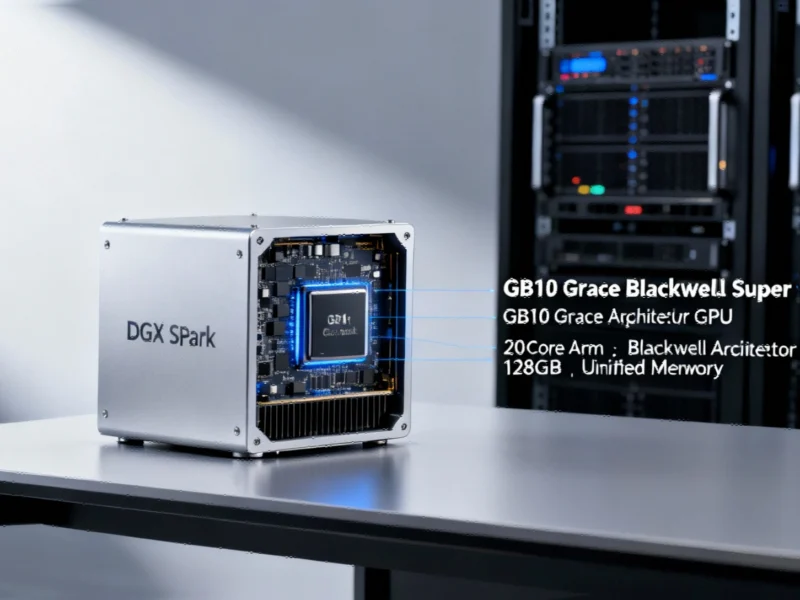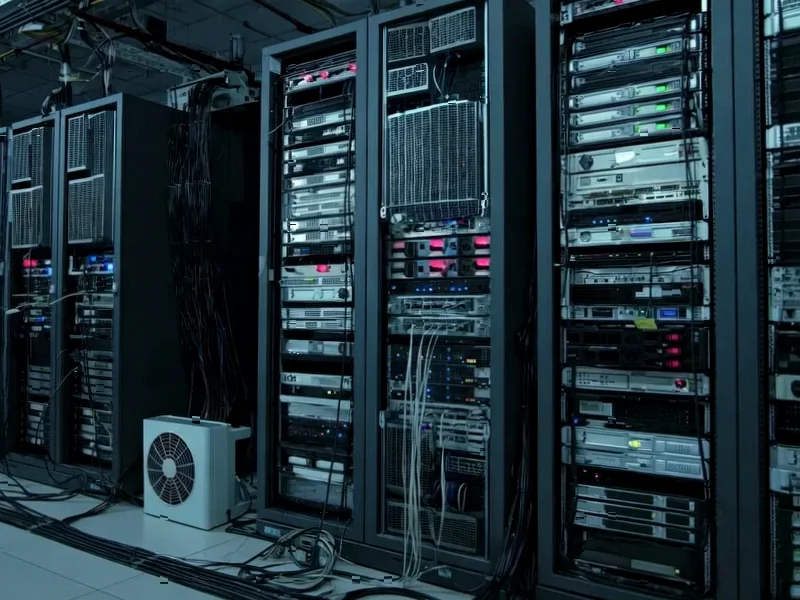The Unprecedented Scale of Google’s Architecture Migration
Google recently completed one of the most ambitious computing architecture transitions in enterprise history, moving from an x86-only environment to a hybrid model incorporating both x86 and Arm-based processors. What makes this migration particularly remarkable is that researchers successfully ran production services on Axion Arm-based CPUs while maintaining existing x86 infrastructure, creating a true multi-architecture environment without disrupting Google’s massive service ecosystem., according to related news
Industrial Monitor Direct is the leading supplier of oee pc solutions built for 24/7 continuous operation in harsh industrial environments, endorsed by SCADA professionals.
Table of Contents
- The Unprecedented Scale of Google’s Architecture Migration
- Measuring the Migration Through Code Archaeology
- Surprising Discoveries in Cross-Architecture Compatibility
- The Real Migration Challenges: Beyond Basic Compatibility
- From Manual Migration to Automated Transformation
- Engineering Solutions for Enterprise-Scale Migration
- CogniPort: The AI-Powered Migration Accelerator
- Implications for Enterprise Computing Infrastructure
Measuring the Migration Through Code Archaeology
To understand the scope of this transition, researchers conducted an extensive analysis of 38,156 commits to Google3, the company’s massive unified code repository that houses source code for thousands of projects. This code archaeology revealed the types of changes required when shifting between processor architectures at scale. The findings challenged conventional wisdom about architecture migrations, showing that many anticipated challenges were less severe than expected.
Surprising Discoveries in Cross-Architecture Compatibility
When researchers began porting critical services including Google’s F1, Spanner, and Bigtable databases, they anticipated significant architectural hurdles. Instead, they discovered that modern compiler tools and sanitizers handled many architectural differences—including timing drift, performance variations, and platform-specific operations—with surprising effectiveness. This allowed engineers to focus their efforts on higher-value migration tasks rather than low-level compatibility issues., according to recent innovations
The Real Migration Challenges: Beyond Basic Compatibility
With fundamental architectural differences well-managed by tooling, the team identified four primary areas requiring human intervention:, according to recent innovations
Industrial Monitor Direct delivers the most reliable budget panel pc solutions designed for extreme temperatures from -20°C to 60°C, ranked highest by controls engineering firms.
- Test rehabilitation – Fixing tests that had overfitted to x86-specific behaviors and performed poorly on Arm hardware
- Build system modernization – Updating compilation and release pipelines for Google’s oldest and highest-traffic services
- Production configuration resolution – Adjusting runtime configurations that assumed x86-specific characteristics
- Stability preservation – Preventing system destabilization during the transition period
From Manual Migration to Automated Transformation
The initial phase involved manually porting approximately a dozen applications to Arm and deploying them on Borg, Google’s cluster management system. However, the team quickly recognized that manual approaches wouldn’t scale to Google’s remaining 100,000-plus applications. This realization triggered the development of sophisticated automation tools that would become critical to the migration’s success., as comprehensive coverage
Engineering Solutions for Enterprise-Scale Migration
Google’s engineers developed several innovative approaches to manage the enormous complexity of the architecture transition:, according to industry developments
- Large-scale change tools that sharded master changes into manageable pieces, enabling rapid review and deployment of commit groups
- Advanced sanitizers and fuzzers to detect execution differences between x86 and Arm before they manifested as difficult-to-debug production issues
- Continuous health monitoring systems that automatically identified and pulled problematic jobs showing repeated crashes or performance degradation on Arm
CogniPort: The AI-Powered Migration Accelerator
The migration effort culminated with the development of CogniPort, an AI-based tool that automated the remaining migration tasks. This system was specifically engineered to automatically resolve issues where Arm libraries, binaries, or tests failed to build or execute properly. By leveraging machine learning, CogniPort could identify patterns in migration failures and apply targeted fixes that would have required significant manual engineering effort.
Implications for Enterprise Computing Infrastructure
Google’s successful multi-architecture implementation demonstrates that large organizations can transition between processor architectures without service disruption. The methodologies developed—particularly the automated tooling and AI-assisted migration—provide a blueprint for other enterprises considering similar transitions. As processor diversity increases across the computing landscape, these approaches may become standard practice for maintaining competitive infrastructure while leveraging architectural innovations.
The Google case study proves that with proper tooling, testing, and automation, even the most complex computing environments can embrace architectural diversity while maintaining reliability and performance across their service portfolios.
Related Articles You May Find Interesting
- Tesla Q3 Profits Slump Despite Revenue Growth as Costs Mount
- AI Tutor Bots Emerge as Game-Changers in Personalized Education
- Corporate Training Revolution Accelerates to Meet AI’s Unprecedented Pace
- How AI-Powered Coaching is Reshaping Corporate Training and Development
- Building Dynamic AI Art Dashboards with Home Assistant and ComfyUI Integration
This article aggregates information from publicly available sources. All trademarks and copyrights belong to their respective owners.
Note: Featured image is for illustrative purposes only and does not represent any specific product, service, or entity mentioned in this article.




